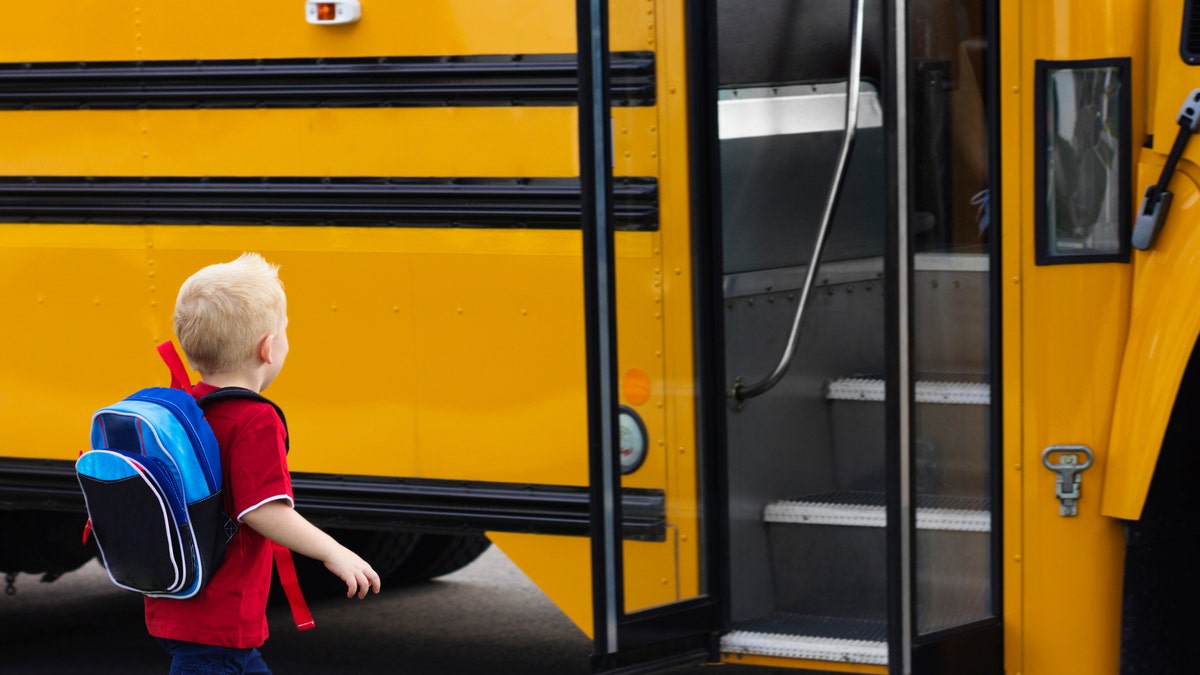Family and non-family kidnappings, abduction attempts are most common during the summer months

There are several different types of missing child cases analyzed by the National Center for Missing & Exploited Children (NCMEC).
Based on 2023 data reported by the NCMEC, there were 28,886 total missing child cases reported, and 25,306 of those cases have been resolved.
Of those cases, endangered runaways made up the majority.
THE KIDNAPPING OF KAMIYAH MOBLEY: THE 8-HOUR-OLD BABY ABDUCTED FROM FLORIDA HOSPITAL ON THIS DAY IN 1998
When it comes to abductions, family abductions are more common than non-family abductions.
Family abductions are most commonly committed by parents, according to the Crime Prevention & Safety Center. These types of cases are more likely to occur if a parent has made a threat to abduct the child or has a history of marital issues, a history of domestic violence or child abuse, has no strong ties to the state where the child is living or is engaged in a process like selling a home or securing documents, according to NCMEC.
Non-family abductions include kidnappings that are committed by acquaintances not related to the child or someone completely unknown, according to NCMEC.
Non-family abductions and attempts make up only 1% of all cases reported to the NCMEC, according to the organization.
5 WAYS TO MAXIMIZE YOUR CHANCES OF SURVIVAL IN A KIDNAPPING SITUATION: EXPERTS
For family abductions recorded between 2008 and 2017 by the NCMEC, most took place during the summer months — June, July and August — with August as the peak month for family abductions.

Non-family abductions more often occur when a child is going to or from school or is participating in a school-related activity, according to NCMEC.
The greatest time of risk for non-family abductions and attempts are before school and after school, from around 7-9 a.m. and 3-4 p.m., as well as after dinner, from around 6-7 p.m.
‘AMERICA’S MOST WANTED’ HOST JOHN WALSH REFLECTS ON HIS SON’S BRUTAL MURDER: ‘I WAS DYING OF A BROKEN HEART’
According to the NCMEC, the majority of attempted abductions by a non-family member happen when a child is on the street playing, walking or riding a bike.
“That’s oftentimes walking to the school bus or walking home from the school bus, waiting at the school bus stop,” Callahan Walsh, son of John Walsh and a child advocate for the NCMEC, previously told Fox News. “We always tell parents, ‘Don’t let your child walk to the school bus stop alone. At least have them using the buddy system with another child.’”

Children often evade attempted abductions by ignoring the kidnapper, using a cellphone as a threat or to aid them, fighting back against their abductor, screaming and/or making lots of noise or when another child or an adult intervenes in the situation, according to NCMEC.
There are many different valuable lessons you can instill in your children, no matter what age they are, to help protect them from a dangerous situation.
Have open conversations with kids about the importance of always traveling with a group. Instruct them to tell you if their plans are to change and encourage them to speak with a trusted adult if they are in a situation that makes them uncomfortable, according to NCMEC.
Also, inform them of different techniques a possible attempted abductor could use to lure them in, like asking them for help or offering them money.
It’s always a good idea to have safety precautions in place with your kids. Answer their questions and be a trusted resource for them.
Read the full article here






